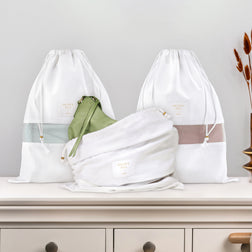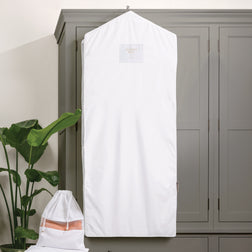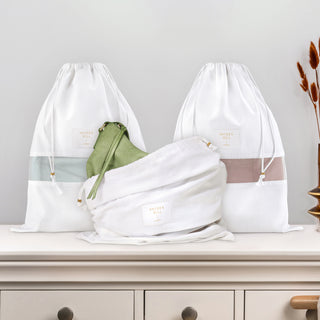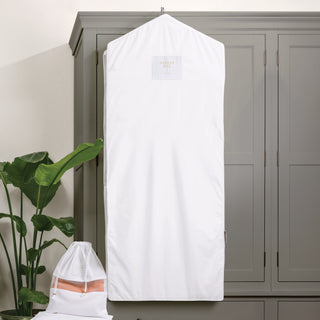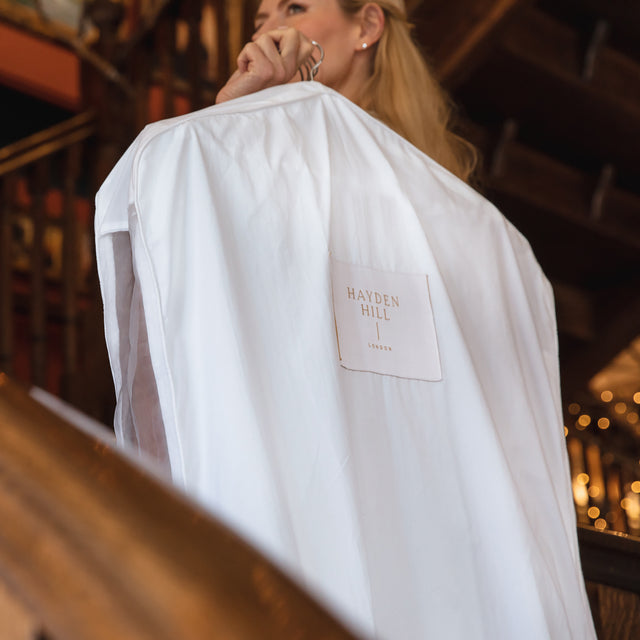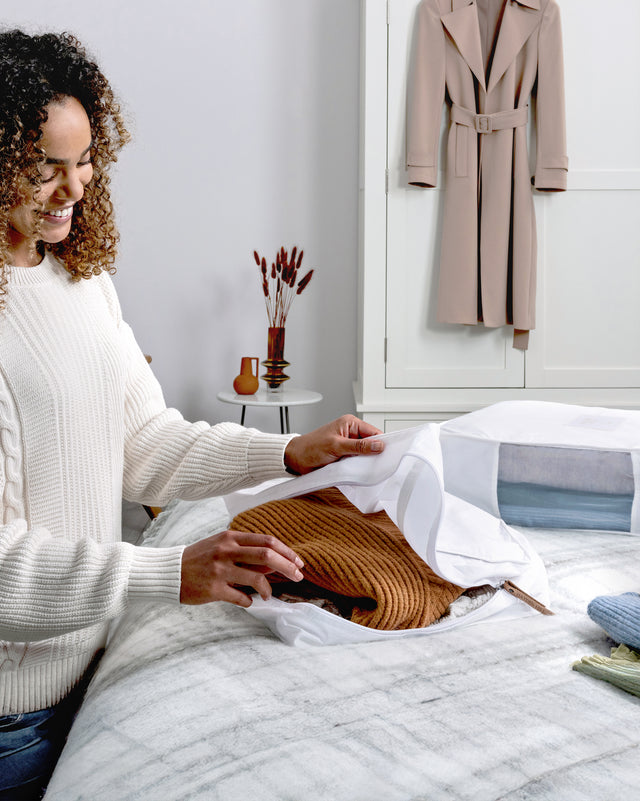For those with a wardrobe boasting designer, vintage, or heirloom pieces, the mere thought of clothes moths can be alarming. Recognizing moth damage and knowing how to prevent it is crucial. Although the topic might seem unpleasant, being equipped with the right knowledge can save your cherished garments from these destructive pests.
How do I detect clothes moths at home?
Detecting clothes moths in your home can often be straightforward. Bare spots or holes in your clothing, drapes, or carpets are telltale signs. You might also notice casings from moth larvae or dead moths near windows, light fixtures, or air vents. These indicators suggest a potential moth problem that needs addressing.
How do moths enter a house?
Preventing moths starts with understanding how they enter your home. Female moths are typically drawn to animal-based fibers or dry goods. Moths prefer undisturbed, dark areas, such as corners, behind furniture, and other sheltered spots in your home.
Moths can infiltrate your home through cracks near doors or window sills, open doors and windows, or via ventilation systems, air ducts, or window A/C units. Sometimes, they enter in the egg stage, attached to second-hand items like rugs. Newly constructed homes can also harbor moth infestations, stemming from eggs laid during construction.
What attracts moths?

Moths are attracted to wool, natural fibers, leather, feathers, felt, fur, and certain pantry items. Generally, moths are drawn to dry goods in the pantry, animal-based fibers in fabrics, and unused areas of the home. They often take residence in homes while people are on vacation.
Moths are particularly attracted to:
- Fur
- Wool
- Feathers
- Leather
- Felt
- Silk
- Grain
- Cereal
- Flour
- Nuts
- Birdseed
- Pet food
- Dark, quiet places
Is your home attracting clothes moths?
Certain homes are more susceptible to clothes moths than others. If you often leave doors or windows open at night or have natural fibers like wool carpets or leather upholstery, your home may be more prone to moth infestations. Consider these questions:
- Do you leave your windows open a lot?
- Do you have a chimney or window A/C unit?
- Was your house recently built?
- Is your house often left empty?
- Is your home dusted and vacuumed frequently?
- Do you have many undisturbed places in your home?
- Do you own fur, leather, wool, feathers, etc.?
- Have you recently bought any used rugs or furniture?
- Is your pantry stocked with dry food, including pet food?
- Are any places in your home exposed to the outdoors?
- Do you often leave your garage door open?
- Do you store old furs, clothes, or furniture in an attic?
If you answered yes to any of these questions, your home may be vulnerable to clothes moths.
What are the high-risk areas for a moth infestation?

All species of moths favor quiet, dark, and undisturbed areas, making attics, pantries, closets, and garages high-risk zones. Dark areas in basements or unused rooms may also attract moths. Any quiet space not subject to regular foot traffic could be prone to clothes moth infestation.
Moths are especially fond of:
- Quiet places
- Dark places
- Attics
- Garages
- Chimneys
- Basements
- Closets
- Gaps beneath furniture
- Empty rooms and houses
- Houses under construction
- Cellars
Getting Rid of Clothes Moths
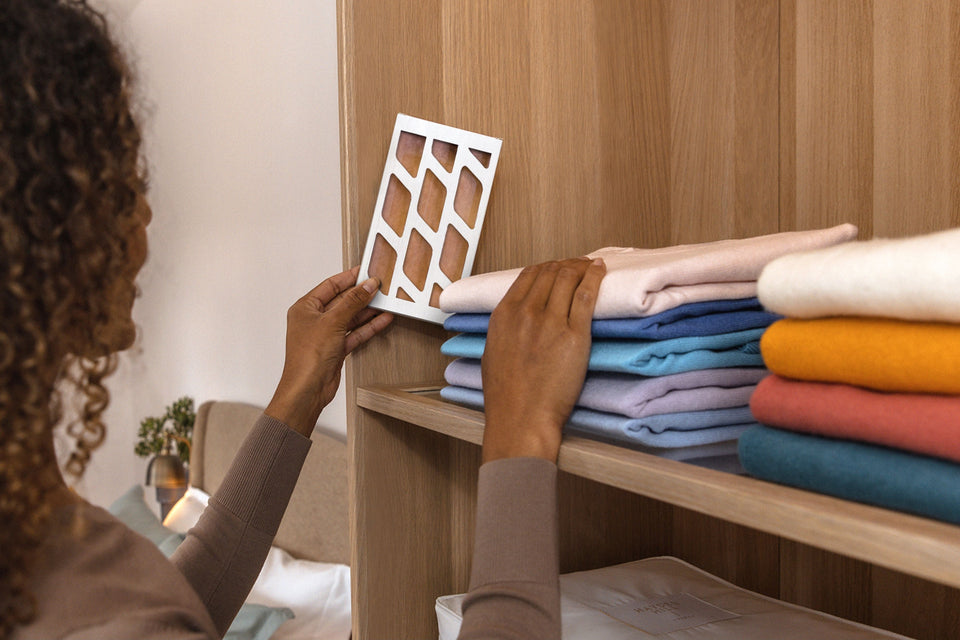
Sometimes, moth infestations are unavoidable despite taking precautions. If you find moths on your clothing, act quickly to minimize damage.
Freeze clothing items for 72 hours to kill larvae and eggs, then dry clean or launder them in hot water. Take items that could be damaged by hot water to a dry cleaner. After treating your clothes, thoroughly clean the storage area.
How do I prevent clothes moths from getting into my house?
Prevent moths from entering your home by using deterrents like herbal sachets, natural moth repellents, and cedarwood. Clothes moth traps are another effective option.
Close doors and windows at night and hang moth-repellent sachets and traps near chimneys, ducts, and window A/C units. Clean any used furniture or rugs thoroughly before bringing them into your home. Store wool sweaters and other moth-attracting items properly when not in use, and keep out-of-season clothing in a dry, cool place, checking on them regularly.
Prevention is key with clothes moths. Hayden Hill clothes moth traps are simple to use and highly effective, designed to look subtle and elegant in your closet and combine protection and beauty.

